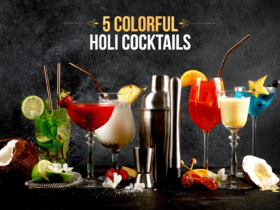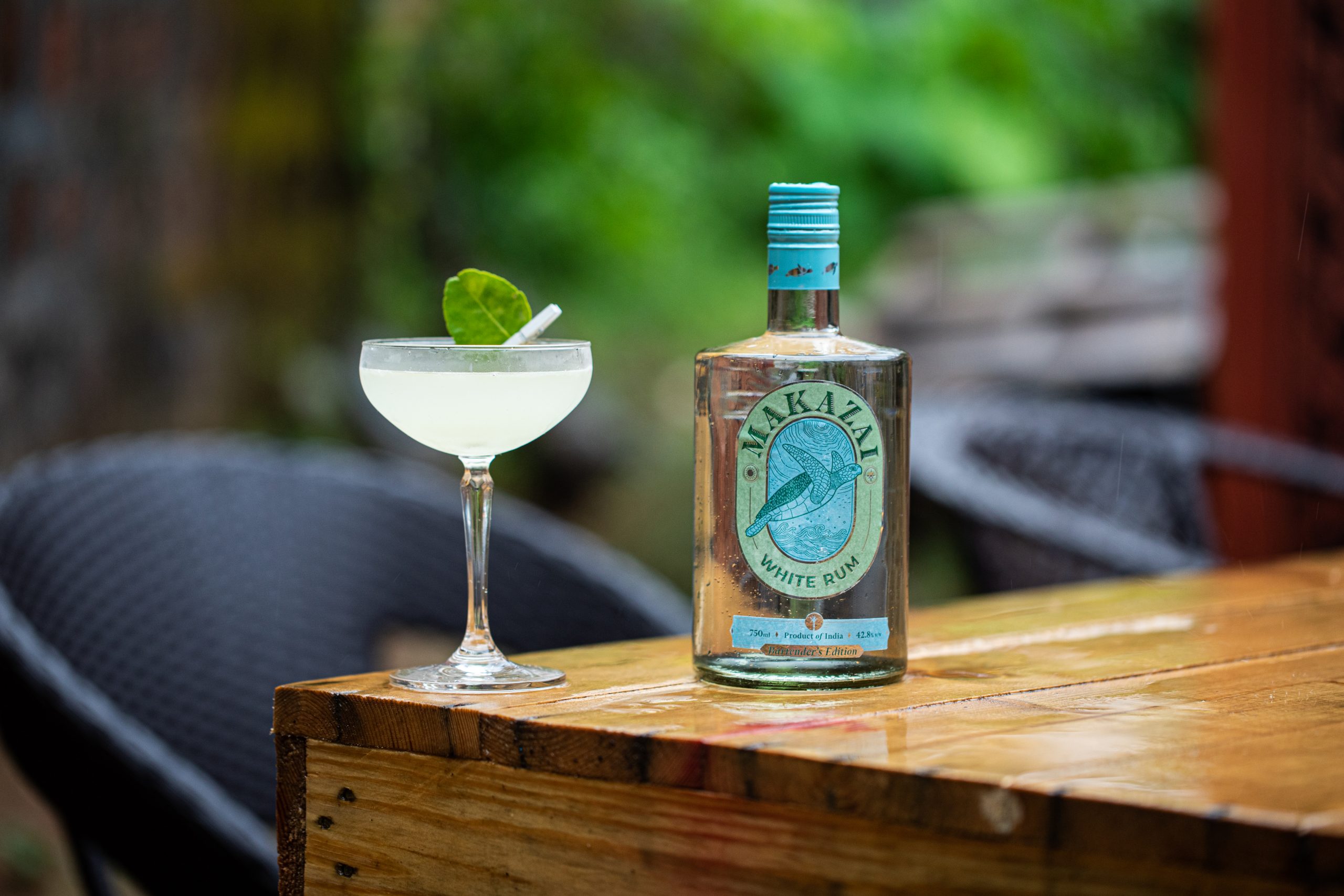Gin is a popular distilled spirit known for its unique flavor derived from juniper berries. With its aromatic and complex profile, gin has been enjoyed for centuries and is now a favorite ingredient in cocktails like the Gin & Tonic, Negroni, and Martini. However, not all gins are the same—each type of gin has its distinct flavor and characteristics based on the botanicals used during the distillation process. In this blog, we will explore the various types of gin, their production methods, and some of the most popular gin brands available today.
1. London Dry Gin
London Dry Gin is one of the most well-known gin styles. Despite the name, it doesn’t need to be produced in London, but it must adhere to strict distillation standards. This type of gin is known for its clean, crisp taste, dominated by juniper with hints of citrus and other botanicals. It is typically unsweetened, making it a great base for classic cocktails like the Martini and Negroni.
Popular Brands: Tanqueray, Beefeater, Bombay Sapphire
2. Plymouth Gin
Plymouth Gin is a geographically protected style of gin, meaning it can only be made in Plymouth, England. It has a slightly sweeter and earthier taste than London Dry Gin, with a more balanced botanical profile that includes juniper, citrus, and cardamom. Plymouth Gin is smoother and softer, making it a favorite for cocktails like the Gimlet.
Popular Brands: Plymouth Gin
3. Old Tom Gin
Old Tom Gin is a sweeter style of gin that was popular in the 18th and 19th centuries. It is considered a middle ground between London Dry Gin and Genever, with a slightly sweet flavor that works well in classic gin cocktails such as the Tom Collins or Ramos Gin Fizz. The sweetness comes from either added sugar or a greater quantity of botanicals like licorice.
Popular Brands: Hayman’s Old Tom Gin, Ransom Old Tom Gin
4. Genever Gin
Genever is the predecessor to modern gin and has a maltier flavor due to the use of malted grain in its production. Originating from the Netherlands, Genever is often enjoyed neat or in simple cocktails. Its flavor profile is more akin to whiskey, with strong malty notes alongside the juniper and botanicals.
Popular Brands: Bols Genever, Diep9 Old Genever
5. Contemporary Gin
Contemporary Gin, sometimes referred to as New Western Gin, breaks away from the juniper-dominant profile of traditional gin. It emphasizes other botanicals like lavender, citrus, or cucumber, creating more modern and unique flavor profiles. This type of gin appeals to those looking for something new and innovative.
Popular Brands: Hendrick’s, Aviation Gin, Monkey 47
6. Sloe Gin
Sloe Gin is not technically gin but a gin-based liqueur made by infusing gin with sloe berries and sugar. The result is a sweet, fruity drink with a lower alcohol content, typically around 15-30%. Sloe Gin is often enjoyed on its own or used in cocktails like the Sloe Gin Fizz.
Popular Brands: Hayman’s Sloe Gin, Plymouth Sloe Gin
7. Popular Gin Brands
- Tanqueray: A classic London Dry Gin known for its balanced juniper and citrus profile.
- Hendrick’s: A Contemporary Gin with flavors of cucumber and rose petals, offering a fresh and floral experience.
- Bombay Sapphire: A widely-loved London Dry Gin known for its smooth and aromatic flavor, featuring a blend of ten botanicals.
- Plymouth Gin: The only gin that can be called “Plymouth Gin,” known for its earthy and citrus notes.
- Beefeater: A traditional London Dry Gin with a strong juniper-forward taste, perfect for a Gin & Tonic.
Conclusion
Gin is an incredibly versatile spirit that comes in many different varieties, each offering its own unique flavor profile. From the classic London Dry Gin to the malty Genever and sweet Sloe Gin, there’s a type of gin for everyone’s taste. Whether you’re a fan of traditional gin cocktails or enjoy experimenting with contemporary gins, knowing the different types of gin and their characteristics can help you choose the perfect bottle for your next gathering.























Leave a Reply